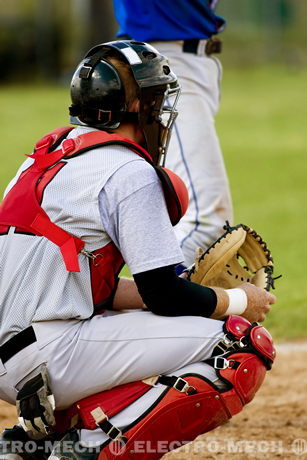
Mile High Stadium in Denver, Colorado was originally constructed in 1948 with a capacity seating of 17,000. It’s hard to believe in today’s stadium comparisons that so much was invested in such a small venue. The initial concept was that this would be the stadium for the Denver Bears and so when it was completed it was called Bears Stadium.
Due to seating requirements for the franchise, the stadium needed to enhance seating and the construction eventually ended in the 1950’s with seating over 34,500. When Major League Baseball expanded, Denver did not receive the award for the franchise but was told that they would get other teams. The investors of Mile High Stadium were then looking at intense debt that did not seem as if it would pay off. In the 1960’s the stadium hosted the Bears of minor league status and the AFL Denver Broncos. The Broncos had a slow early fan base, which was not aided by the black and yellow striped uniforms that made them look closer to comic characters.
When the NFL-AFL merger occurred, the precedent was set for stadiums to require a minimum of a 50,000 seat capacity. Upper decks were constructed for the stadium and it was renamed Mile High Stadium. Between the 1970’s and 80’s, the venue was the only stadium to have set a standard for professional level baseball with base sliding pits and an infield of 100% grass. When they added the luxury suites that counted 77, the seating was also increased to over 76,000. The stadium was host to the Drum Corps International World Championship 1977-1978.
Concerts and other events were held at Mile High Stadium to include: “Rocky Mountain Crusade” by Billy Graham, Monsters of Rock Festival Tour with icons Van Halen, Metallica, the Scorpions, Kingdom Come and Dokken in 1988. Along with the concerts came a new interest and excitement from the fans. The Colorado Rockies Major League Baseball team used the stadium before relocating to their newer Coors Field. The stadium itself was infamous for the horseshoe design which elevated the sound factor. Pitchers loved the field design, as it made it easier to play. With an average attendance of over 56,700, proving that Mile High Stadium had come unto its own. In 1997, the stadium was selected for the Ozzfest concert.
Even though the stadium had proved its worth, time had taken its toll. By 2000, the final game was played featuring the Broncos against the 49ers. In 2001, Mile High Stadium featured the Ozzfest and Michael Moore used the venue for his 2002 documentary “Bowling For Columbine” with his interview with Marilyn Manson filmed during the second Ozzfest tour.
The structure of Mile High Stadium made it necessary to choose implosion rather than disassemble. In Jan. 2002, the demolition brought the stadium completely down, segment by segment. It took three months for the process to be complete. The stadium’s concrete foundation was eventually used as part of the INVESCO parking lot.
